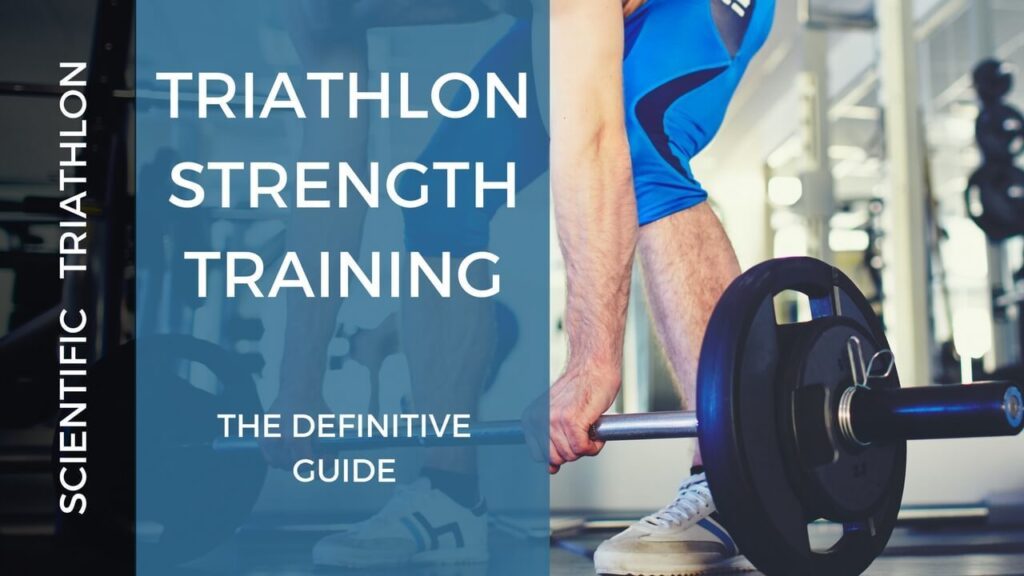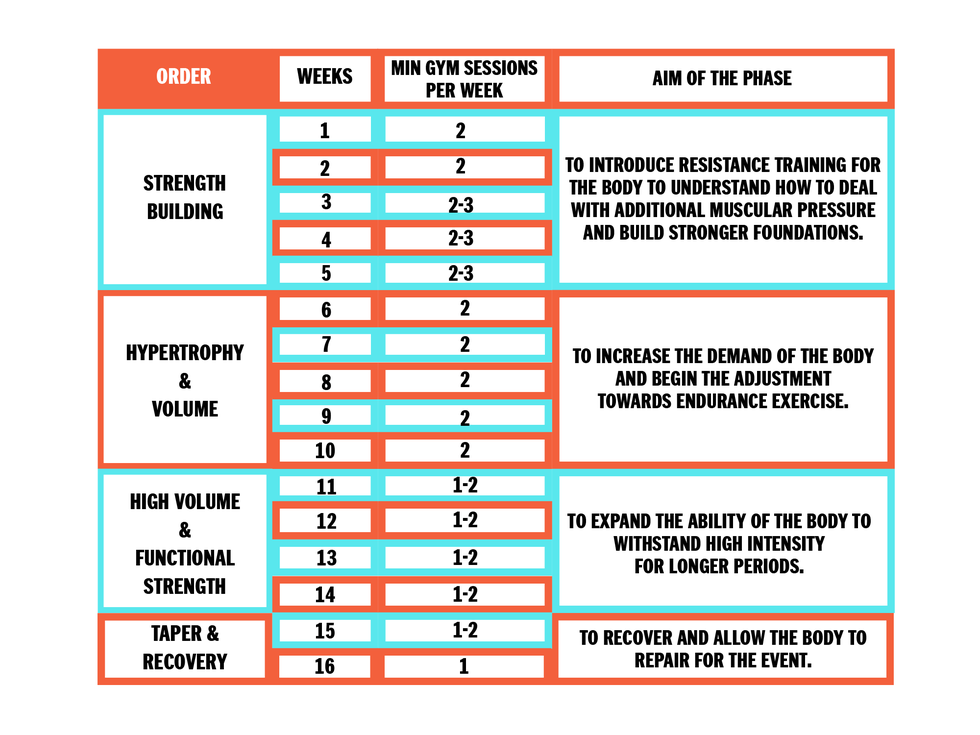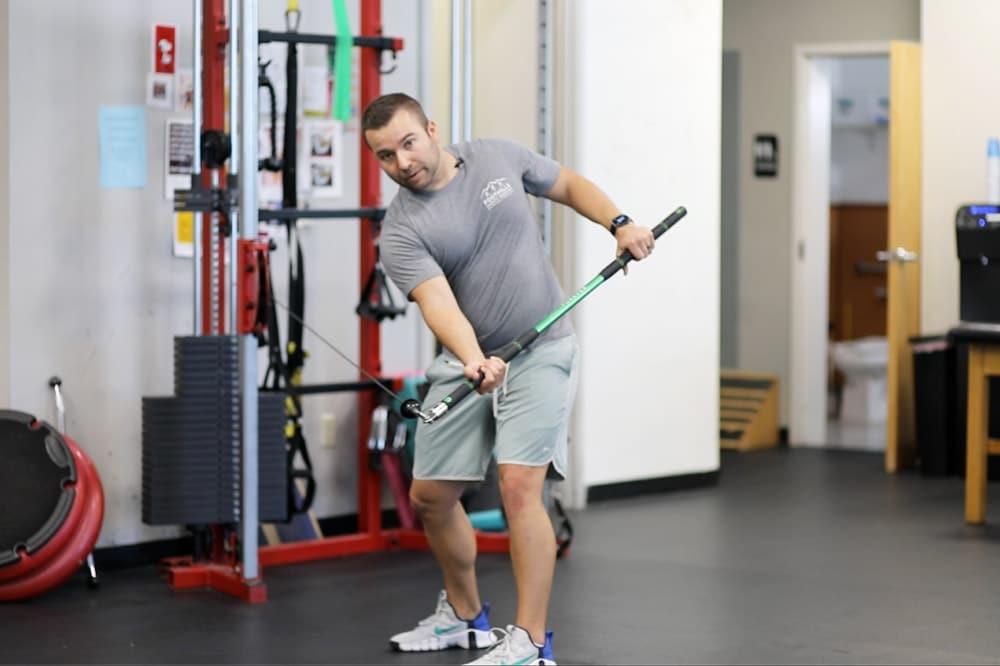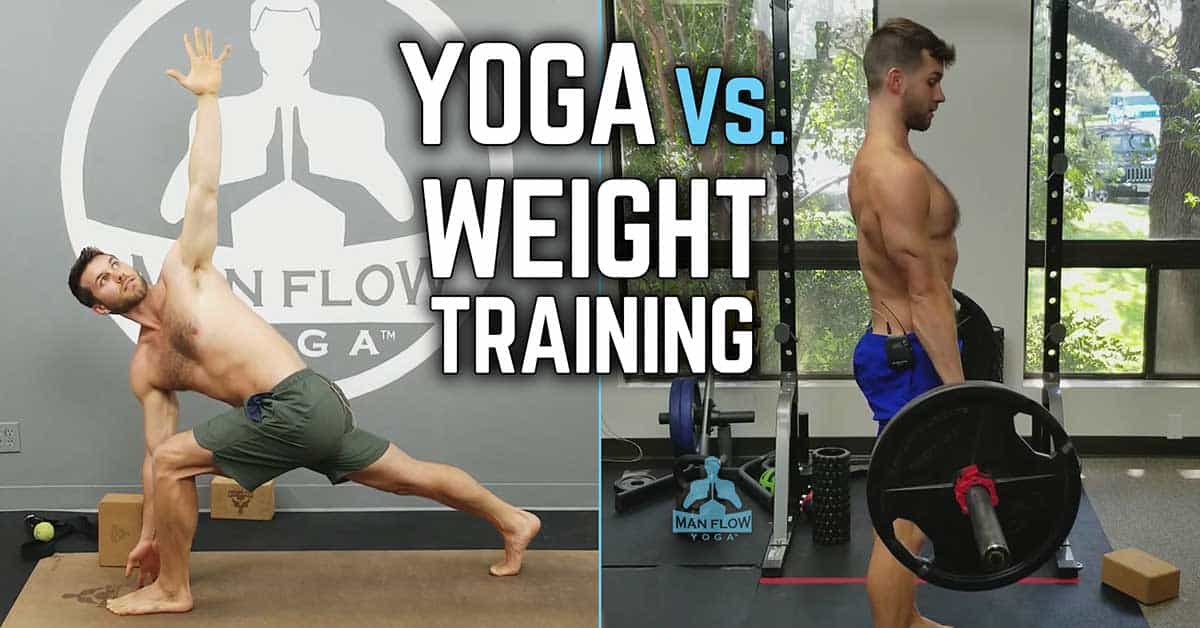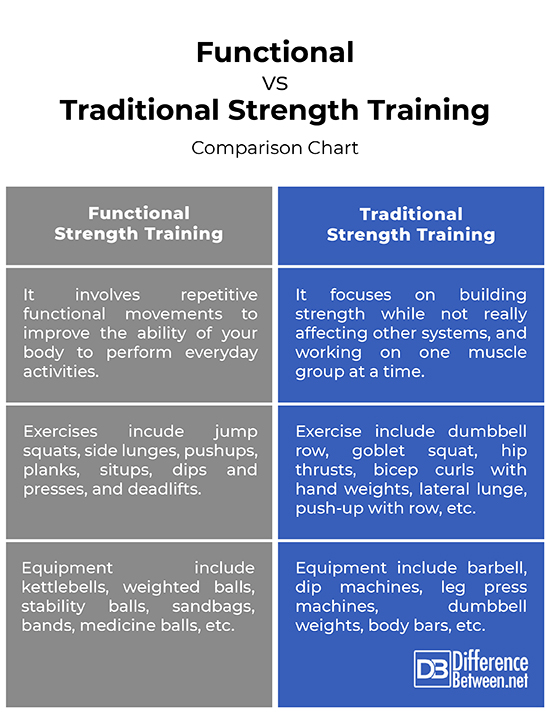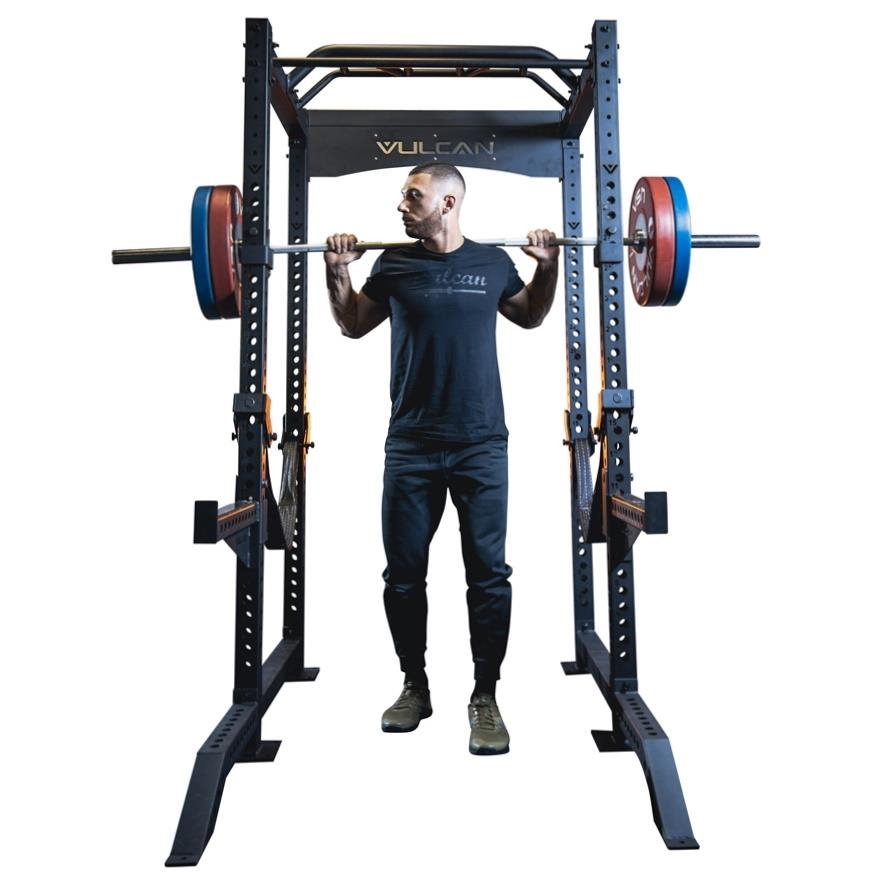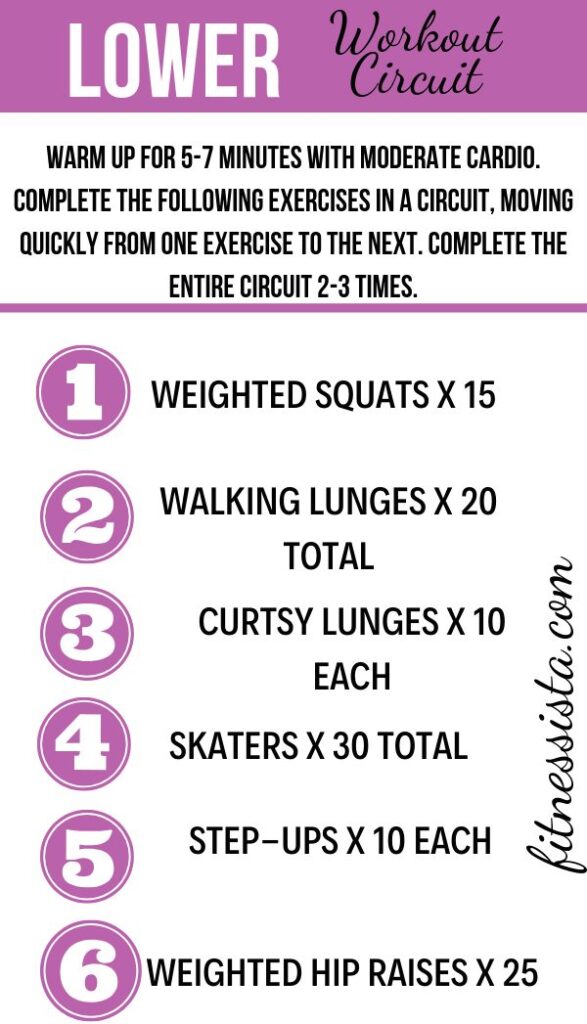Strength training enhances endurance, power, and injury prevention for triathletes. It is essential for balanced performance.
Triathletes need a well-rounded fitness regimen to excel in swimming, cycling, and running. Strength training offers numerous benefits, including improved muscle strength, endurance, and injury resistance. By incorporating targeted exercises, athletes can enhance their overall performance and reduce fatigue during long events.
Strength training also helps in maintaining proper form and technique, which is crucial for efficiency in all three disciplines. Integrating strength workouts into a triathlon training program ensures that triathletes build a resilient and powerful body, capable of withstanding the demands of rigorous competitions. This balanced approach ultimately leads to better race results and a lower risk of overuse injuries.
The Triathlete’s Edge: Strength Training Benefits
Strength training helps triathletes improve their endurance. Muscles become stronger and can work longer. This means you can swim, bike, and run for a long time without getting too tired.
Power also increases with strength training. You will be able to push harder on the bike and run faster. Your overall performance improves.
Injuries are less common when muscles are strong. Strength training makes your body more resilient. This helps you avoid common injuries like sprains and strains.
Strong muscles and joints help you stay active for many years. You can enjoy your sport without pain or injury. This leads to a longer, healthier career.
Demystifying Myths About Strength Training For Endurance Athletes
Strength training for triathletes boosts endurance and prevents injury. It enhances performance by building muscle strength and stability. Incorporating strength exercises leads to a more efficient, balanced athlete.
Busting The Bulk-up Myth
Many believe that strength training will make athletes too bulky. This is a common myth. Triathletes will not gain excessive muscle from strength training. Strength workouts help build lean muscle. Lean muscle improves endurance and performance. Proper training plans prevent unwanted bulk. Focus on high repetitions with low weights. This approach keeps muscles strong and lean.
Strength Vs. Stamina: Finding The Balance
Balancing strength and stamina is key. Strength training boosts muscle efficiency. Efficient muscles use less energy. This helps in long races. Both strength and stamina improve overall performance. Triathletes need a mix of both. Strength sessions should be short and focused. Endurance sessions should remain a priority. Combining these enhances race-day performance.
Key Strength Exercises For Triathletes
Core exercises help triathletes stay strong and balanced. Planks are great for the core. They work the abs and back muscles. Side planks target the sides of the stomach. This helps with side-to-side movements. Bicycle crunches also target the core. They mimic the cycling motion. This makes them very useful.
Squats are important for leg strength. They help with both running and cycling. Lunges target the quads and hamstrings. This improves running power. Deadlifts work on the glutes and lower back. This helps with cycling endurance. Step-ups are also great. They mimic the motion of climbing hills on a bike.
Upper Body Training: Overlooked Yet Crucial
Swimmers need strong shoulders and arms. Push-ups and pull-ups help build these muscles. Resistance bands also work well for swimmers. Try lat pulldowns and shoulder presses. These exercises improve your swim power. Always focus on proper form to avoid injury. Stretching after workouts is also important.
Balance is key in training. Work both the front and back muscles. Do exercises like rows and chest presses. Use dumbbells for a balanced workout. Try to keep reps even on both sides. This helps prevent muscle imbalance. Core strength is also important for balance. Planks and sit-ups can help.
Periodization: Timing Your Strength Work
Periodization optimizes strength training for triathletes by aligning workouts with race schedules. This method enhances performance, reduces injury risk, and ensures peak condition during competitions.
Off-season Vs. Peak-season Training
During the off-season, focus on building a strong base. Strength training should be more intense now. Lift heavier weights and do more reps. This helps build muscle mass and endurance. In the peak-season, switch to maintenance mode. Lighten the weights and reduce reps. This keeps your muscles strong without tiring you out.
Integrating Strength Phases With Triathlon Training Cycles
Match your strength phases with your triathlon cycles. In the base phase, focus on strength endurance. During the build phase, add power exercises. Close to the race, do functional strength training. This helps your muscles stay efficient and ready.

Credit: www.amazon.com
Functional Training: Movement Over Muscles
Triathletes need to train like they race. Focus on mimicking race movements in strength sessions. Use exercises that involve multiple muscle groups. Compound movements like squats and lunges are key. They improve overall performance. Swimming, cycling, and running require different skills. Each skill needs specific training. Make your strength sessions more dynamic. Include exercises that replicate race conditions. This will help build endurance and speed.
Dynamic strength training involves movement and motion. Static strength training involves holding positions. Both are important for triathletes. Dynamic exercises improve agility and coordination. They help in boosting performance during races. Static exercises build core strength and stability. They help maintain form during long races. Combining both types is essential. It ensures a well-rounded training program. Balance between dynamic and static training brings the best results.
Nutrition And Recovery: Strength Training Allies
Proteins are essential for muscle repair. Consuming lean meats, eggs, and beans helps. Carbohydrates fuel your workouts. Whole grains, fruits, and vegetables are good sources. Healthy fats like avocados and nuts support overall health. Hydration is crucial; drink water throughout the day.
Rest days are vital for muscle growth. Muscles need time to repair and grow stronger. Sleep is important; aim for 7-9 hours per night. Stretching after workouts can reduce soreness. Foam rolling helps release muscle tension.
Measuring Progress And Adjusting Workouts
To track strength gains, use a workout journal. Write down the weights you lift and the repetitions. Review your notes every few weeks. Notice any improvements in your strength. Use this information to set new goals. Test yourself with specific exercises. Compare your performance with previous results. If you lift heavier weights, you are getting stronger. Celebrate small victories to stay motivated. Consistent tracking helps you see your progress.
Adjust workouts as your fitness levels change. Increase weights gradually. Change exercises to target different muscles. Incorporate rest days to avoid injuries. Listen to your body for signs of fatigue. Modify workout intensity based on your energy levels. Include a variety of exercises. This keeps your workouts interesting. Track your performance regularly. This helps you tailor your workouts effectively. Stay consistent to achieve better results.
Incorporating Technology And Equipment
Wearables help track heart rate and calories burned. They provide real-time data during workouts. Athletes can monitor progress and set goals. GPS tracking ensures accurate distance measurement. This helps in planning routes for running and cycling. Wearables also offer sleep tracking. Good sleep is crucial for recovery and performance. Smartwatches sync with fitness apps for detailed analysis.
Proper gear enhances workout efficiency and safety. Weightlifting shoes offer better stability. They help in lifting heavier weights. Compression clothing aids in muscle recovery. It also reduces the risk of injury. Using resistance bands adds variety to workouts. They are portable and versatile. Foam rollers assist in muscle relaxation and recovery. Athletes should invest in quality equipment for better results.

Credit: www.youtube.com
Real-life Success Stories: Triathletes Who Swear By Strength Training
Many professional triathletes use strength training. It helps them become faster and stronger. One famous triathlete, Lucy Charles-Barclay, uses weights. She believes it helps her swim, bike, and run better. Another triathlete, Lionel Sanders, also lifts weights. He says it improves his overall performance.
Many amateur triathletes see big changes with strength training. John, an amateur, started lifting weights. He noticed he could bike longer and run faster. Jane, another amateur, added weights to her routine. She said her endurance improved a lot. Both John and Jane feel more confident now.
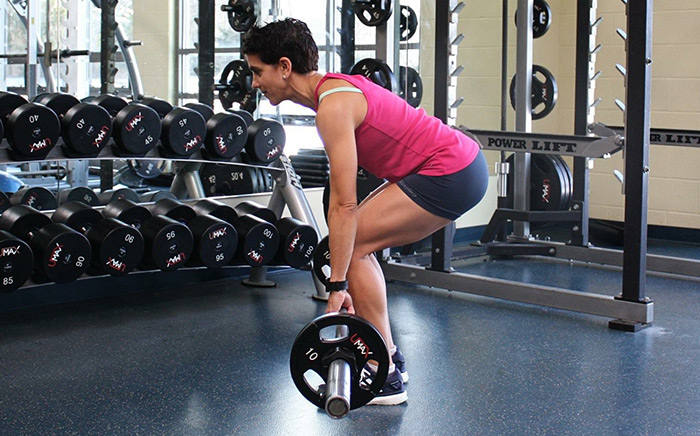
Credit: www.trainingpeaks.com
Frequently Asked Questions
How To Strength Train As A Triathlete?
Focus on compound movements like squats and deadlifts. Incorporate core exercises and high-rep, low-weight sets. Train twice weekly, ensuring proper rest.
Should You Lift Weights When Training For A Triathlon?
Yes, lifting weights benefits triathlon training. It improves strength, endurance, and injury prevention. Focus on compound movements.
How Much Strength Training For Ironman?
Aim for 2-3 strength training sessions per week. Focus on core, legs, and upper body exercises. Balance with endurance training.
Can You Build Muscle While Training For A Triathlon?
Yes, you can build muscle while training for a triathlon. Focus on strength training and adequate nutrition. Balancing swimming, cycling, and running workouts with resistance exercises helps. Consistent effort and proper recovery are key.
What Is Strength Training For Triathletes?
Strength training involves exercises that improve muscle strength, endurance, and power, essential for triathletes’ performance.
Why Is Strength Training Important For Triathletes?
Strength training enhances muscle endurance, reduces injury risk, and improves overall performance in swimming, cycling, and running.
How Often Should Triathletes Do Strength Training?
Triathletes should aim for 2-3 strength training sessions per week to see optimal benefits.
What Are The Best Exercises For Triathletes?
Key exercises include squats, lunges, deadlifts, push-ups, and core workouts to build overall strength and endurance.
Can Strength Training Prevent Injuries?
Yes, strength training helps build resilient muscles and joints, reducing the likelihood of injuries during triathlon training and races.
Should Triathletes Lift Heavy Weights?
Triathletes should focus on moderate weights with higher repetitions to build endurance rather than lifting heavy weights.
Conclusion
Strength training is essential for triathletes. It boosts performance and reduces injury risk. Incorporate these exercises into your routine. Consistency is key to seeing results. Stay committed, and you’ll notice improvements in your swim, bike, and run. Embrace strength training to enhance your triathlon journey and achieve your personal best.

